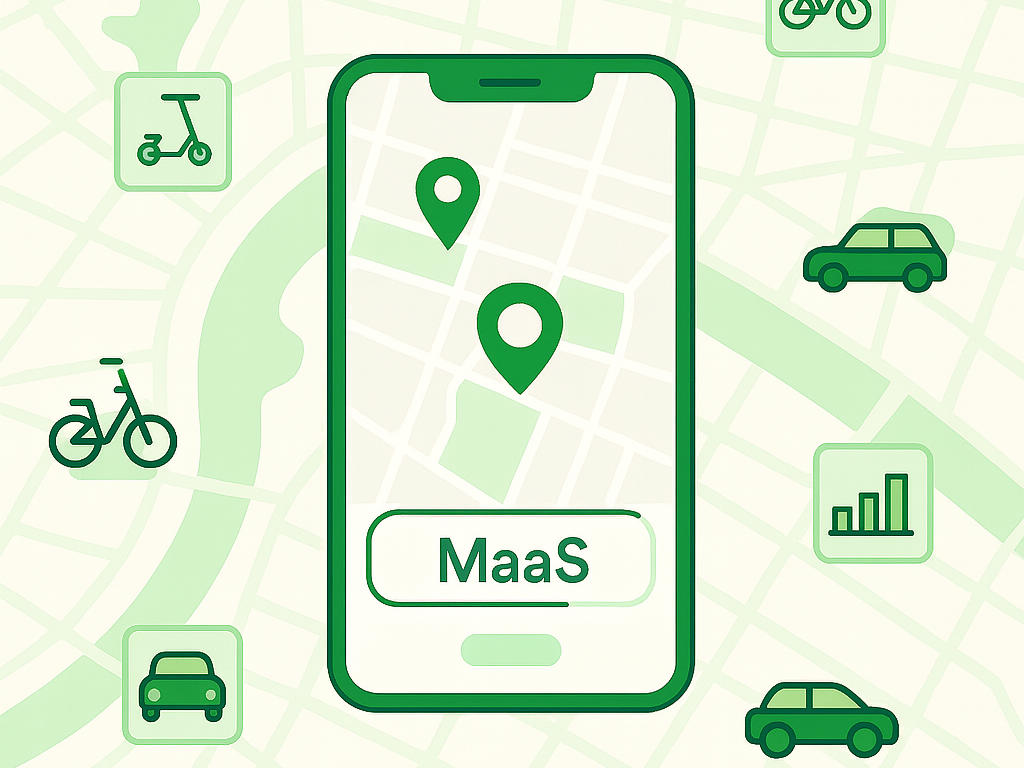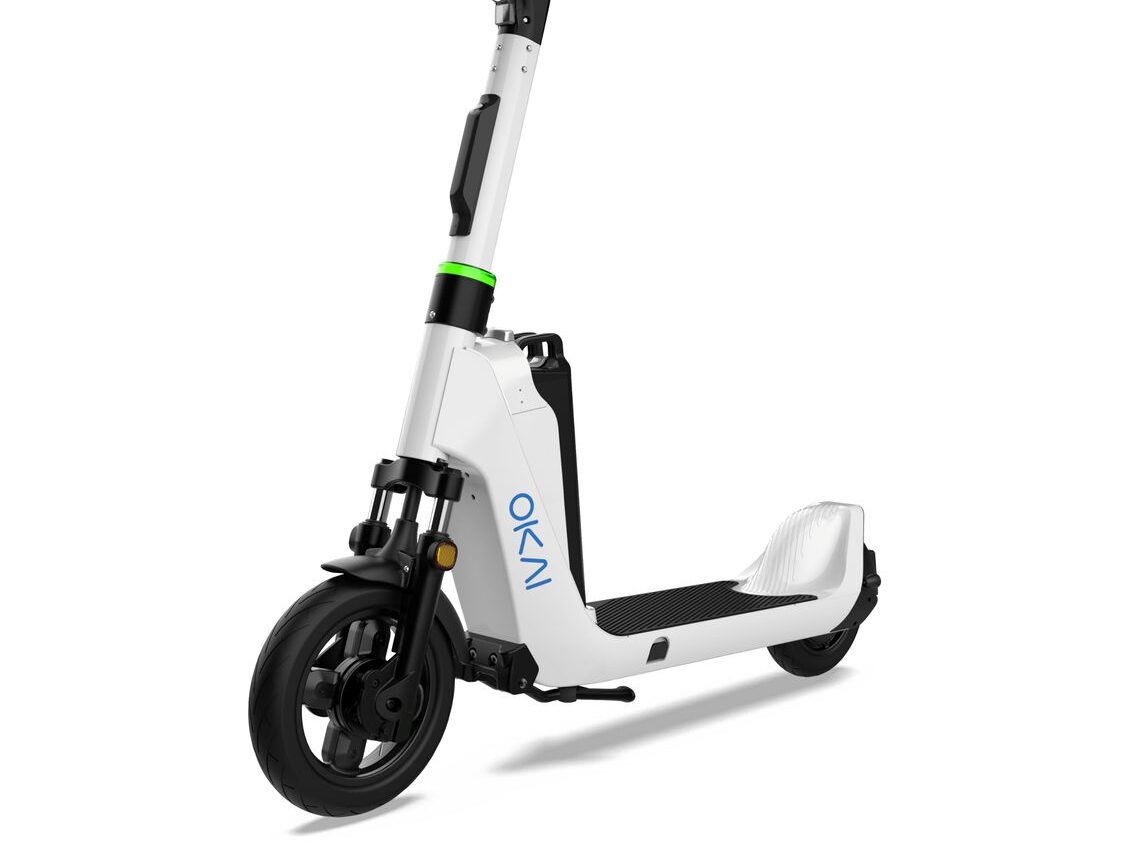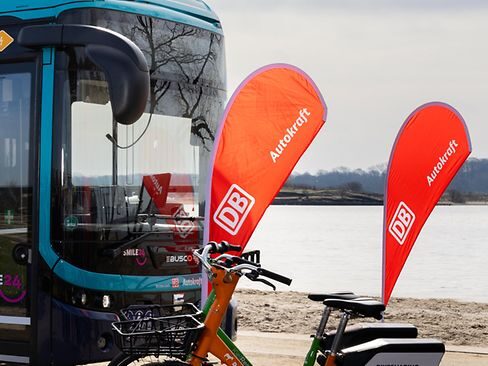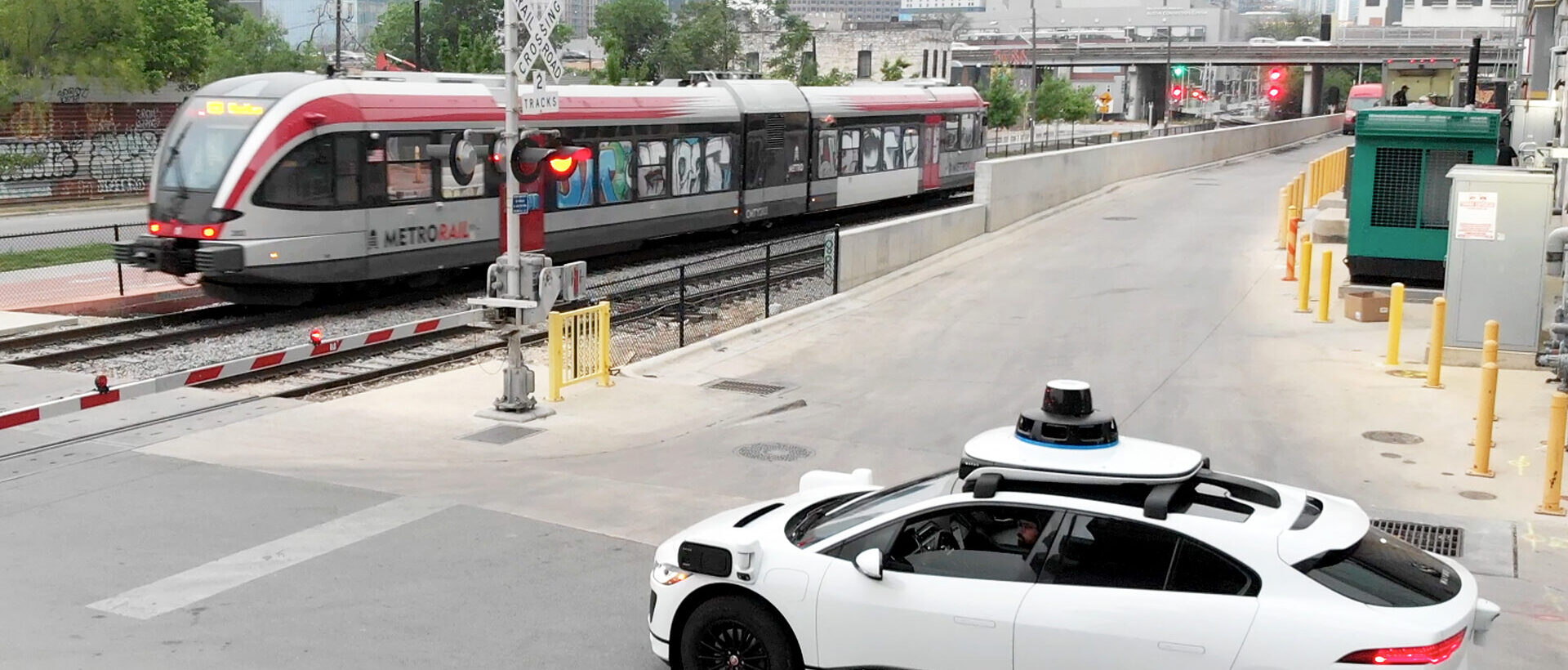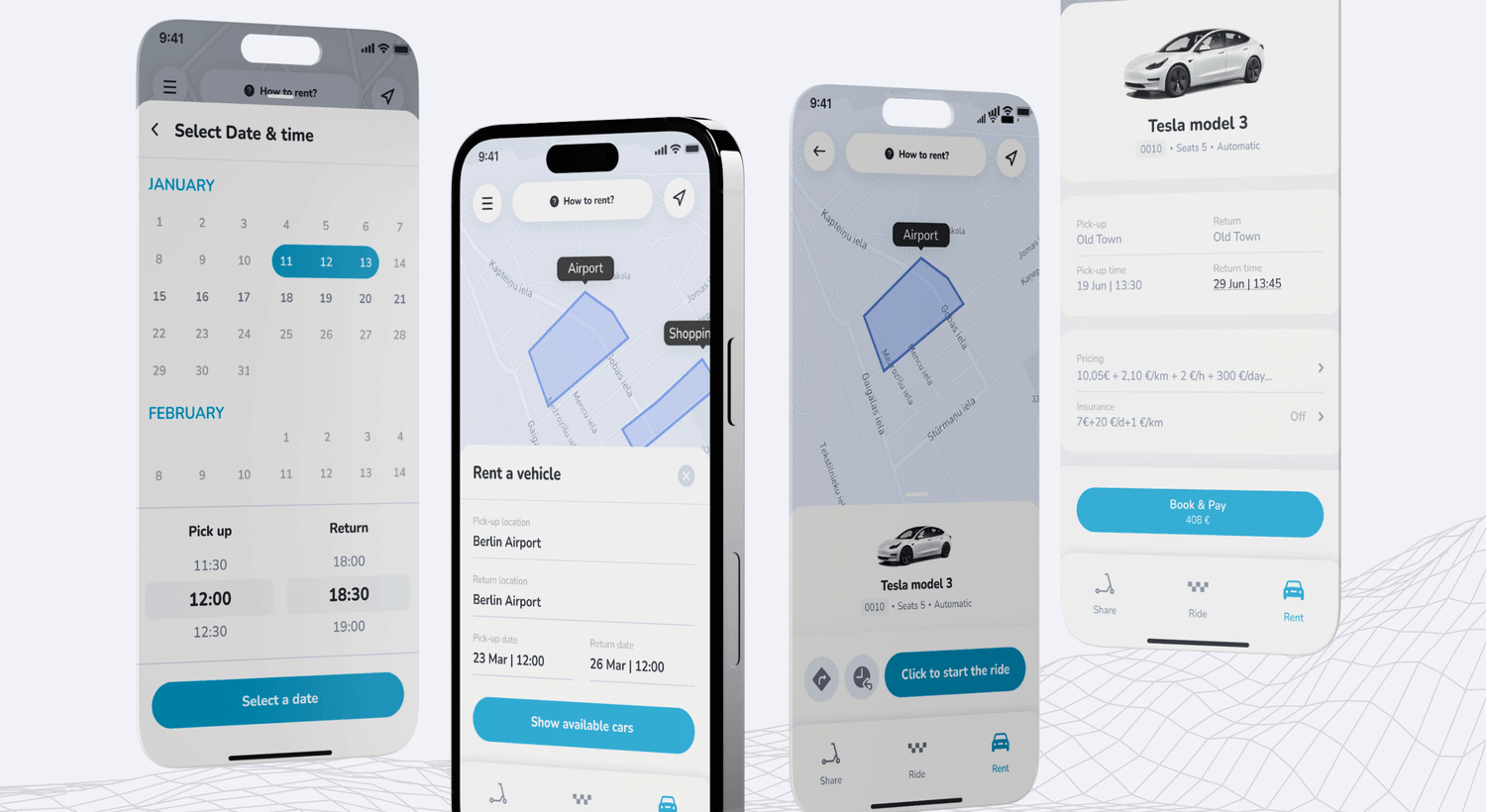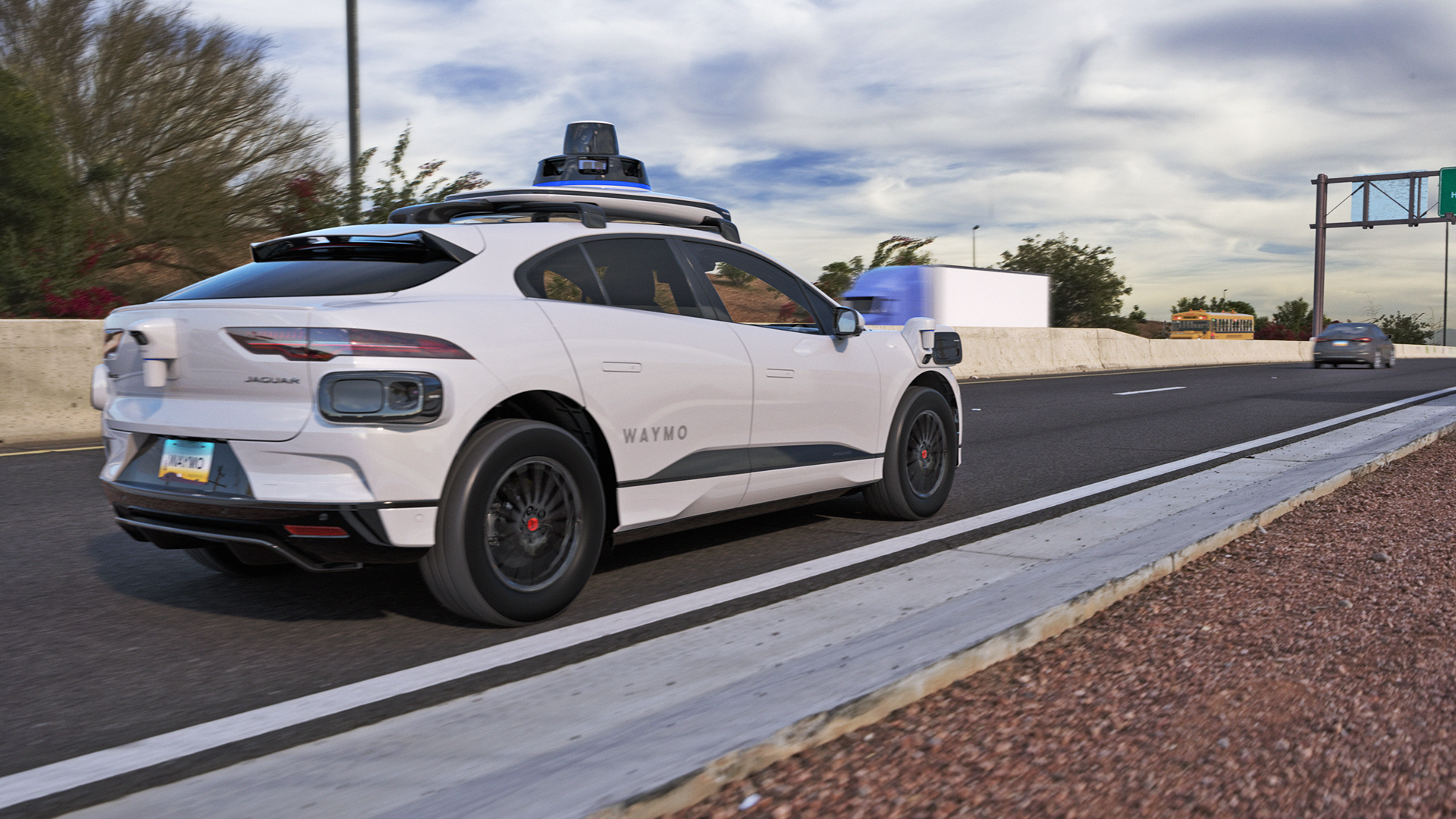It’s easy to get lost in today’s mobility landscape. It feels like every year a new type of vehicle hits the streets, and with it comes some weird new term or category adding to an already deeply confounding list – ride-hailing, ride-sharing, carpooling, car-sharing, on-demand rentals, micro-mobility rentals, shared transportation, Mobility-as-a-service…
No wonder people prefer using and verbing brand names, e.g. “Uber to the airport” or “grab a Bolt”.
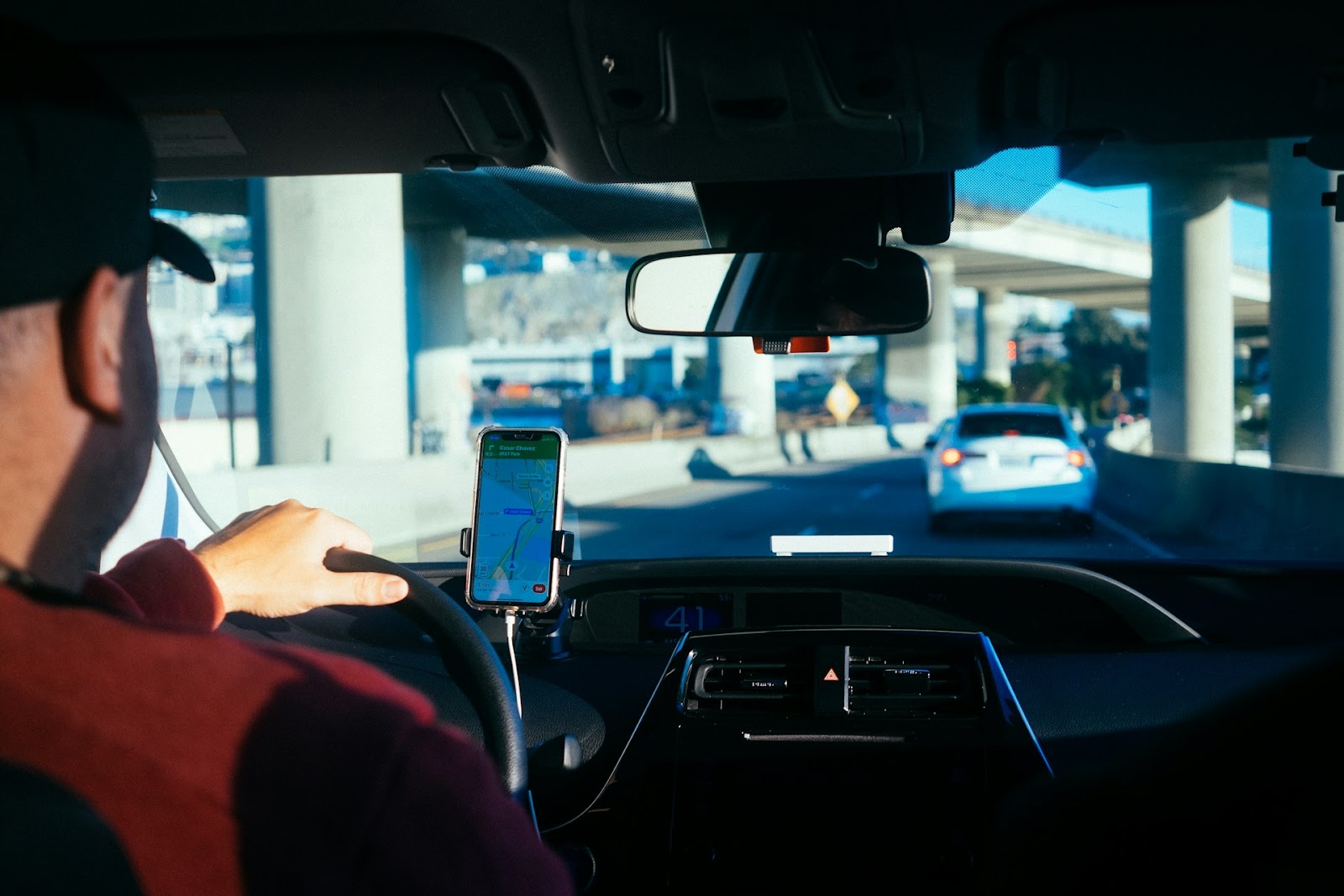
In reality, it’s not that complicated. Virtually all of the terms listed above are self-explanatory and by the end of this article you’ll have a firm grasp on the industry’s terminology.
Understanding the distinction between these various concepts is important for entrepreneurs and anyone else looking to set foot in the industry, as using the correct terms:
- Ensures everyone is on the same page,
- Is relevant for regulatory compliance,
- Matters in all your business endeavors from market research to strategy development.
Since the two terms that people get most hung up on are “ride-hailing” and “ride-sharing”, we’ll take a closer look at those, and then follow it up with a disambiguation of the other terms on our list.
What is Ride-Hailing?
Ride-hailing is – surprise, surprise – the hailing of a ride. Much like with a taxi, it involves hiring a person with a car to pick you up and take you to your destination.
So why don’t we just call it a taxi service?
When mobility startups like Uber came to prominence in the early 2010s, they did so by disrupting the cab industry through digitalizing the hailing experience and introducing transparent pricing.
Read more: Uber’s company history.
In other words, you could now hail a ride through an app on your smartphone and see exactly how much it would cost. Whereas previously, you had to call a taxi service or try to hail one on the street.
So the term “ride-hailing” was coined to distinguish this new type of on-demand app-based taxi service from the more traditional one. However, over the years, the ride-hailing service portfolio has evolved beyond just taxi-like operations and includes things like hiring drivers for moving, or even taking your kids to school. Traditional taxi companies also increasingly make use of a ride-hailing app.
Accordingly, the meaning of ride-hailing is the hailing of on-demand transportation services via an app. Most often it’s used in the context of taxi-like services, but it’s an umbrella term that can include other services, too.
Fun fact: did you know that Uber was originally named UberCab? Its founders dropped the “Cab” part since they didn’t see themselves as a traditional cab service.
What is Ride-Sharing?
Again – the hint is in the name. At the most basic level, ride-sharing is sharing a ride. But, as with ride-hailing, there’s some nuance that’s important to understand.
Today, ride-sharing typically refers to multiple passengers sharing a single private ride on a route that passes their various destinations. You can think about it as on-demand carpooling.
Let’s unpack this.
Though there are many similarities between ride-sharing and carpooling, they generally differ in terms of ride organization and journeys. Carpooling often happens informally, in the sense that a group of neighbors or coworkers traveling or commuting on the same route will agree to share a ride to, for example, save on gas. Carpooling can also be very sporadic and is primarily organized through private channels or local bulletin boards.
On the flipside, ride-sharing allows a person to carpool with others by simply finding an available seat through an app – drivers digitally share their route and seat availability and passengers can hop into a suitable ride for a small fee.
Notably, ride-sharing is often most popular with busy routes and times of day, as that’s when there’s highest demand.

There’s a reason why a lot of confusion arose regarding the difference between ride-hailing and ride-sharing, namely, the terms were used interchangeably early on. To this day, “Ride-sharing” is sometimes used as an umbrella term for all app-based mobility solutions, though this is going out of fashion, given the clearer differentiation between solutions.
So, while both ride-hailing and ride-sharing are app-based on-demand mobility solutions for getting to a destination in a private vehicle, they differ in passenger count, cost, route, availability, and popularity.
Other terms commonly used in the mobility industry
Though ride-hailing and ride-sharing are categories you’ll hear most often, it’s almost inevitable that you’ll encounter other terms, which may sow further confusion.
Let’s avoid that – here are some quick explanations of other popular terms.
Car-sharing
Car-sharing or vehicle-sharing is most often confused with ride-sharing, but despite sounding similar, they mean completely different things. Car-sharing refers to the app-based short-term rental of cars. The easiest way to remember it is that with ride-sharing people share a single ride, whereas with car sharing people share a single car – again, it’s all in the name.
On-demand rentals
On-demand rentals is a category describing vehicles that are instantly available for rent, usually through an app. This includes both micro mobility solutions, like scooters and bikes, as well as larger vehicles like mopeds and cars. For those following along – yes, car-sharing is a type of on-demand rental!
Shared transport
As mentioned in the previous sections, “ride-sharing” is often incorrectly used as an umbrella term for all on-demand app-based mobility solutions. The correct term is shared transport or shared mobility. Shared transport is a broad category that includes both multiple people sharing a vehicle simultaneously (i.e. ride-sharing), as well as individual people sharing a vehicle over time (i.e. car-sharing/on-demand rentals).
Ride-hailing and other on-demand services related to mobility are also often categorized under the shared mobility umbrella.
Mobility-as-a-Service
Mobility-as-a-Service or MaaS is an approach to urban transportation that seeks to integrate a variety of mobility options (both public and private) into a single super-solution that answers a traveler’s every mobility need. Often, MaaS solutions are sought out by local municipalities to provide effective alternatives to car use and minimize a city’s carbon footprint.
Is the terminology really that important?
As you can see, a lot of the confusing mobility terms are simply categories and categories of categories – don’t worry if you can’t remember them all. If you know the difference between ride-sharing and ride-hailing that’s already plenty.
Anyone in the mobility industry will tell you that it’s perfectly acceptable to ask for clarification when talking specifics, as it’s common for people to interpret these terms differently, and language barriers can be particularly troublesome for getting on the same page.
That said, you SHOULD pay close attention to the terminology if you’re doing research for your own mobility business. A ride-hailing business is completely different from a ride-sharing one, and it’s important not to compare apples to oranges during market research, as it can undermine your business from day one.
Other than that, all you have to remember is that ride-hailing is hailing a ride and ride-sharing is sharing a ride. Simple as that.
This article was originally published by ATOM Mobility.






